We are fast moving to level 3 of Artificial Intelligence — AI Agents. Does AI include sufficient reasoning for AI agents?
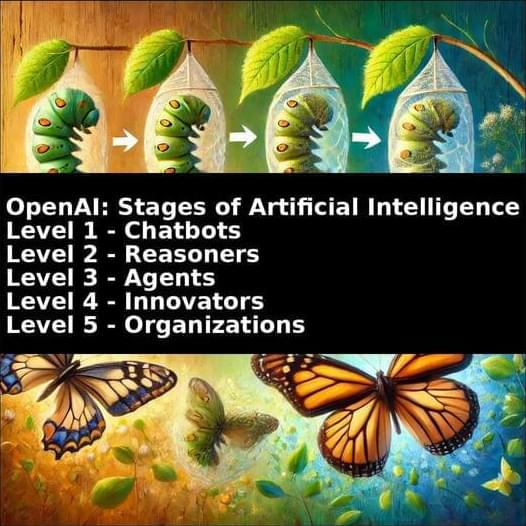

If you’re ever faced with trying to pick up a grain of rice with a pair of chopsticks, spare a thought for the scientists behind this latest innovation, which has been called “a medical breakthrough on the verge of happening.” They’ve painstakingly built a soft robot with the capacity to carry different types of drugs through the body. It’s the size of a grain of rice, and can be driven to various internal targets via magnetic fields.
Researchers in the School of Mechanical and Aerospace Engineering (MAE) at Nanyang Technological University, Singapore (NTU Singapore), have built on earlier work to create a grain-sized soft robot that can enter the body and be controlled by magnetic fields to travel to a specific target. Once there, it can quickly or slowly release the medication it has stored in its tiny frame.

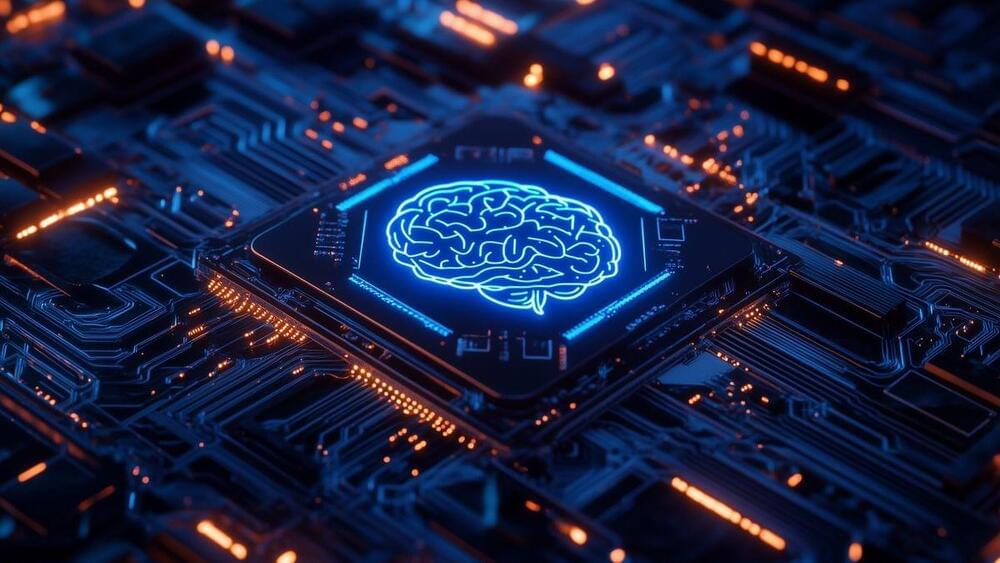

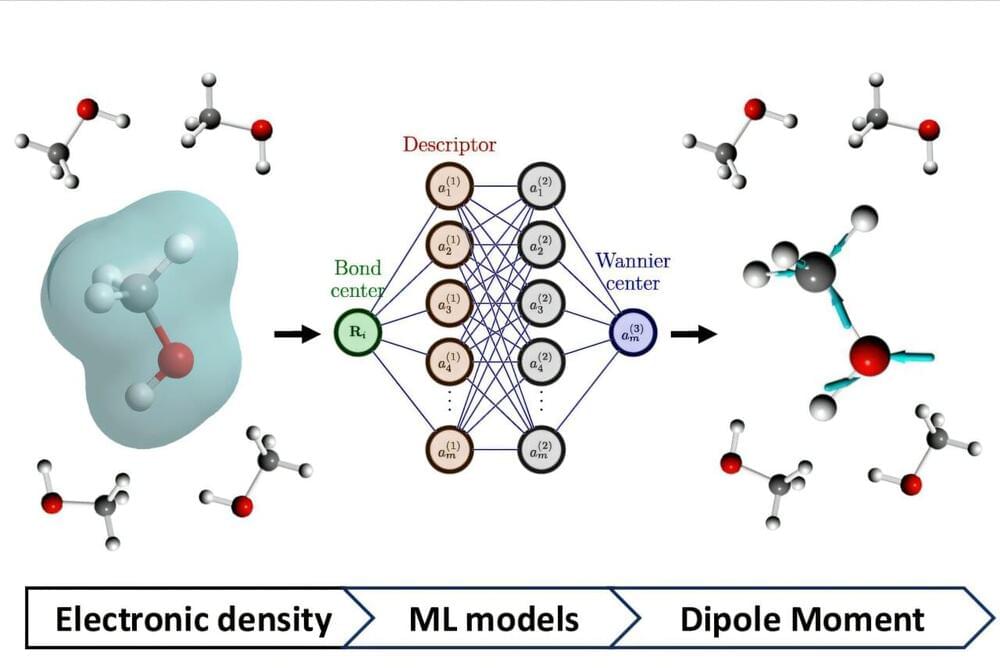
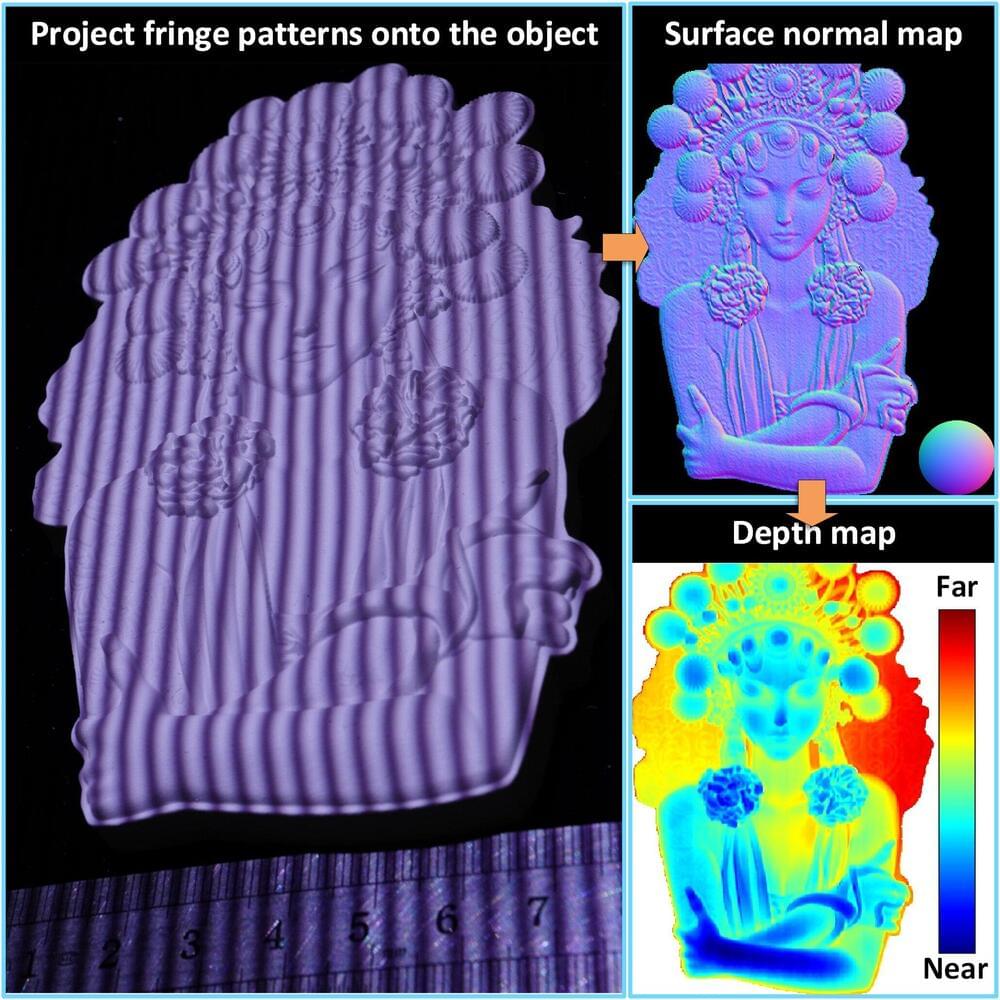
Utilizing a novel AI-driven method, researchers enhanced the precision of estimating critical cosmological parameters by analyzing galaxy distributions.
This breakthrough allows for more refined studies of dark matter and energy, with implications for resolving the Hubble tension and other cosmic mysteries.
AI Revolution in Cosmology.
Combat AI impersonation fraud with Beyond Identity’s RealityCheck—your shield against deepfake attacks.
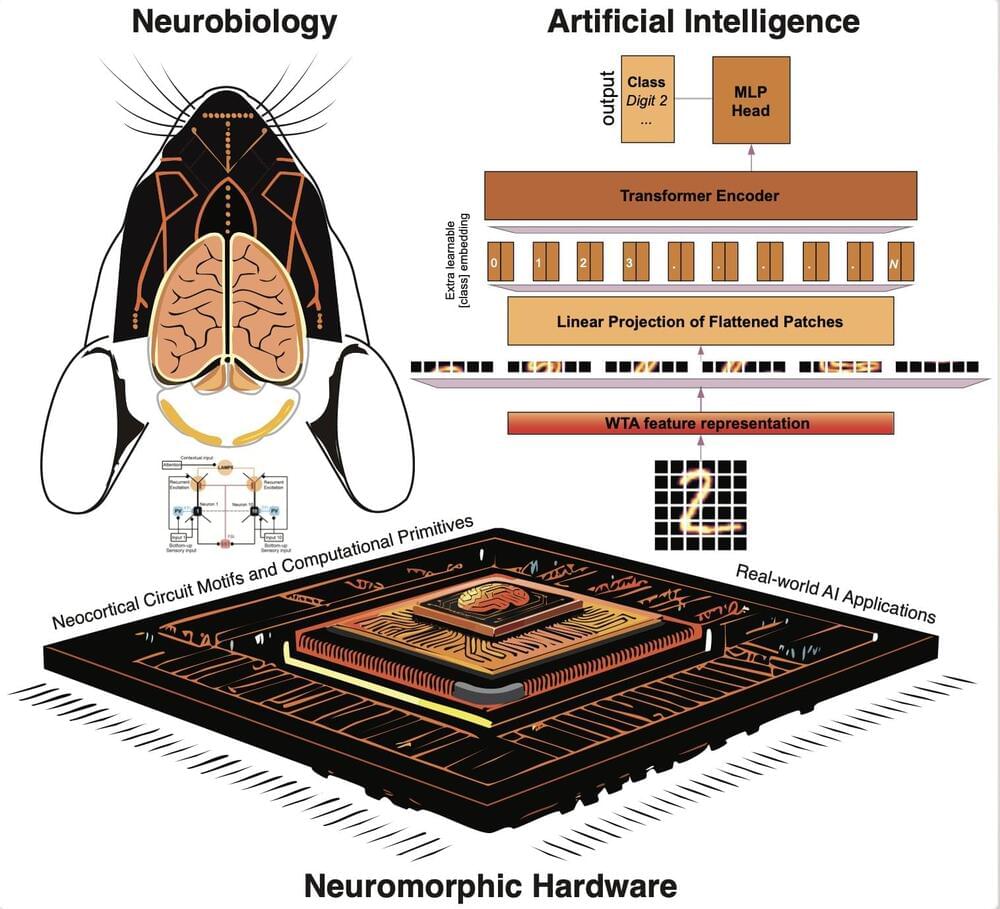
Over the past decade or so, computer scientists have developed increasingly advanced computational techniques that can tackle real-world tasks with human-comparable accuracy. While many of these artificial intelligence (AI) models have achieved remarkable results, they often do not precisely replicate the computations performed by the human brain.
Researchers at Tibbling Technologies, Broad Institute at Harvard Medical School, The Australian National University and other institutes recently tried to use AI to mimic a specific type of computation performed by circuits in the neocortex, known as “winner-take-all” computations.
Their paper, published on the bioRxiv preprint server, reports the successful emulation of this computation and shows that adding it to transformer-based models could significantly improve their performance on image classification tasks.